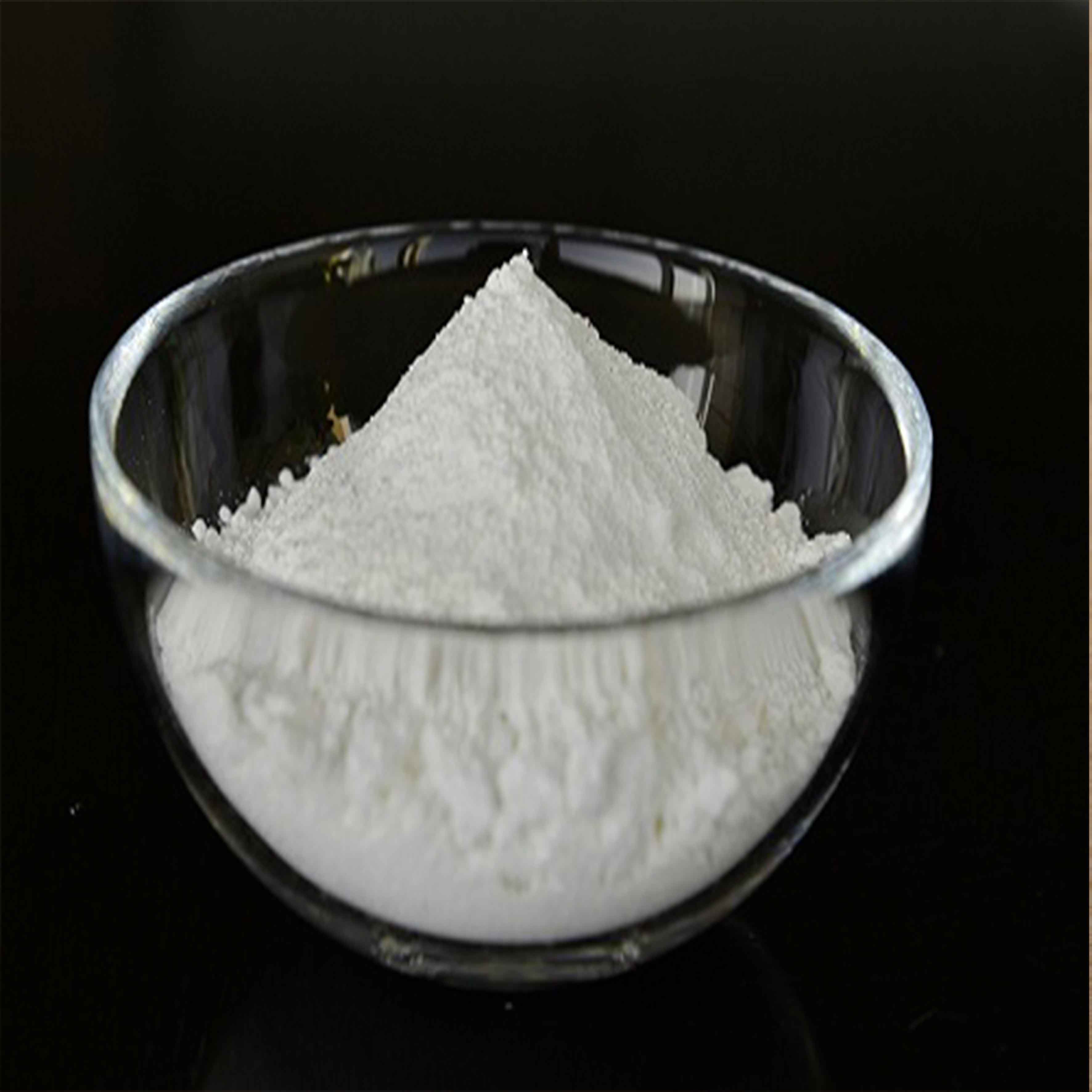
Aug . 13, 2024 18:51 Back to list
Understanding the Properties and Applications of Titanium Dioxide and Its CAS Number Significance
Understanding Titanium Dioxide Properties, Applications, and Safety Concerns
Titanium dioxide, with the chemical formula TiO₂, is a naturally occurring oxide of titanium. It is widely known for its brilliant white color and high refractive index, making it one of the most important materials in various industries. The Chemical Abstracts Service (CAS) number for titanium dioxide is 13463-67-7, which uniquely identifies this compound among thousands of chemicals.
Properties of Titanium Dioxide
Titanium dioxide exists in several polymorphic forms, mainly anatase, rutile, and brookite. The rutile form is the most stable and widely used in commercial applications due to its superior properties. TiO₂ is a nontoxic, white powder with excellent opacity and pigment properties, making it an ideal choice for applications where brightness and whiteness are desired. Its ability to scatter light contributes to its effectiveness as a pigment in paints, coatings, plastics, and even food products.
In addition to its pigmenting properties, titanium dioxide also possesses photocatalytic abilities, enabling it to participate in chemical reactions when exposed to light. This unique property is harnessed in various environmental applications, such as air purification and water treatment processes.
Applications of Titanium Dioxide
Titanium dioxide is primarily used as a pigment in the manufacture of paint, where it provides excellent coverage and a vibrant appearance. Its durability and resistance to fading make it a favored choice for outdoor coatings. In the plastics industry, TiO₂ acts as a whitening agent, enhancing the aesthetic appeal of products while also providing UV protection.
titanium dioxide cas number

Moreover, titanium dioxide is increasingly being utilized in the cosmetic industry, notably in sunscreens, where its ability to reflect UV light offers effective protection against sunburn and skin damage. In food products, titanium dioxide is often added as a colorant, contributing to the visual appeal of items such as confectionery and dairy products.
The photocatalytic properties of titanium dioxide lead to its use in environmental applications. It is employed in self-cleaning surfaces, air purification systems, and water treatment processes. When exposed to ultraviolet (UV) light, titanium dioxide can facilitate reactions that break down pollutants and kill bacteria, making it a valuable material in promoting public health and environmental sustainability.
Safety Concerns and Regulatory Status
Despite its numerous applications, the safety of titanium dioxide has come under scrutiny. Some studies suggest that inhalation of TiO₂ particles may pose health risks, particularly in occupational settings where dust exposure is significant. In 2020, the International Agency for Research on Cancer (IARC) classified titanium dioxide as possibly carcinogenic to humans (Group 2B) when inhaled in the form of fine powders.
Regulatory bodies such as the U.S. Food and Drug Administration (FDA) have approved the use of titanium dioxide as a food additive and in cosmetics, deeming it safe for consumption when used within established guidelines. Nevertheless, ongoing research continues to assess the potential health effects of titanium dioxide, particularly concerning its nanoparticle forms.
Conclusion
In summary, titanium dioxide is a versatile compound widely used across multiple industries due to its exceptional properties. Its applications range from paints and plastics to cosmetics and environmental technologies. While ongoing research aims to address safety concerns, titanium dioxide remains an important material in modern manufacturing, contributing to both functionality and aesthetics in countless products. Understanding its properties, applications, and potential risks helps consumers and industries alike make informed choices about its use.
-
Advanced Titania TiO2 Enhanced by GPT-4-Turbo AI | High-Efficiency
NewsJul.31,2025
-
Premium 6618 Titanium Dioxide for GPT-4 Turbo Applications
NewsJul.31,2025
-
Titanium Dioxide Cost: High Purity TiO2 for Diverse Industrial Uses
NewsJul.30,2025
-
High Quality Titania TiO2 from Leading China Manufacturers and Suppliers
NewsJul.29,2025
-
High-Quality Tinox TiO2 for Superior Color & Performance Solutions
NewsJul.29,2025
-
High Quality Titania TiO2 from Leading China Supplier & Manufacturer
NewsJul.29,2025
